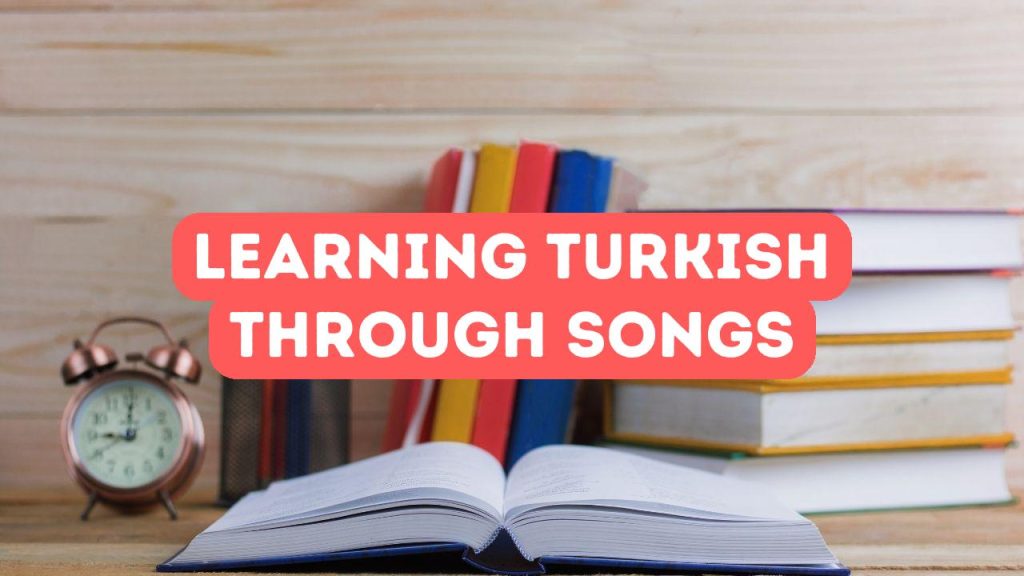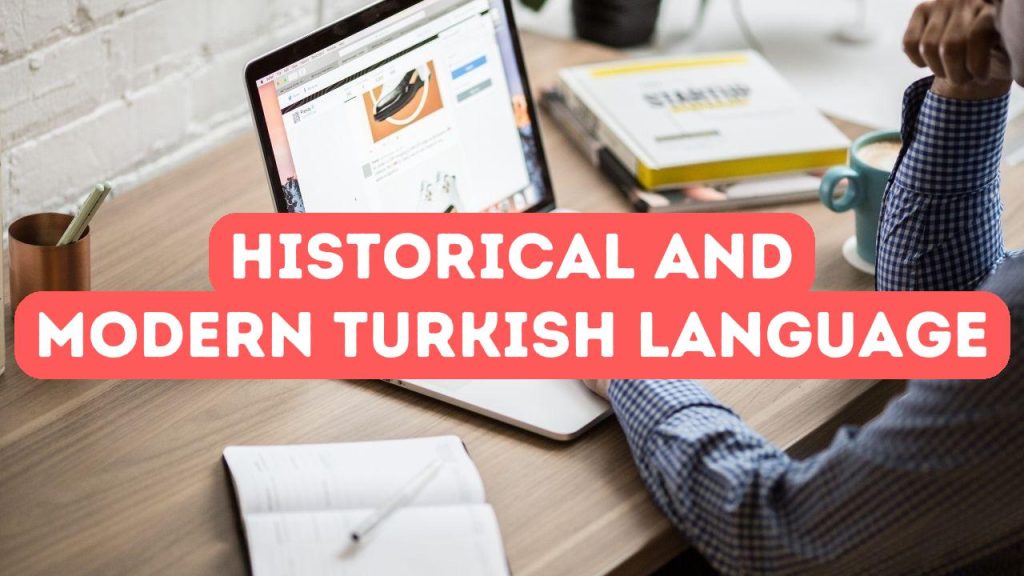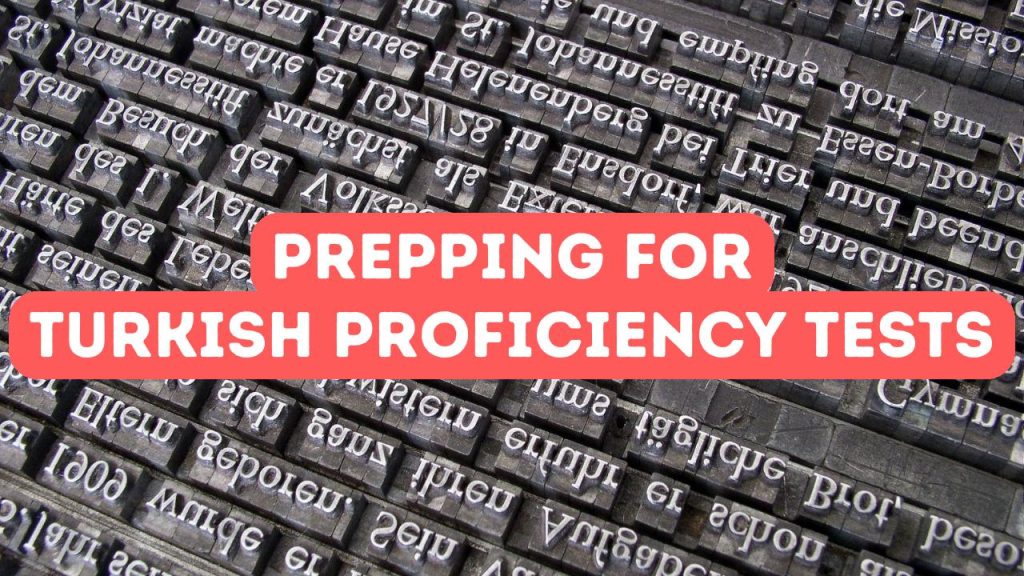The Harmonic Approach to Language Acquisition
Embracing the harmonic approach to language acquisition, learners tap into the universal language of music to unlock the sounds and syntax of Turkish. Through this auditory adventure, songs become the classroom, and artists turn into instructors, articulating emotions and everyday experiences with their melodic storytelling. The rhythm and repetition found in music provide a natural reinforcement of language patterns, making complex Turkish phrasal structures and unfamiliar pronunciations more accessible and memorable. As learners hum along to catchy tunes, they are subconsciously internalizing sentence construction, verb conjugations, and idiomatic expressions, setting the stage for a deeper, more intuitive understanding of the language as it’s authentically used.
Moreover, weaving music into the fabric of language learning can have especially profound effects when grappling with Turkish, a language whose roots and structures diverge significantly from those of English and many other European languages. For instance, as learners encounter love ballads or folk tales set to music, they’re exposed to the agglutinative nature of Turkish where multiple suffixes are attached to a word stem to convey a complex array of meanings. Songs, rich in cultural idioms and colloquialisms, serve as a gateway not only to conversational fluency but to the very soul and societal norms of Turkish people. This culturally contextualized approach goes beyond mere rote memorization; it fosters an emotional connection to the language, transforming each song into a vivid linguistic map teeming with cultural landmarks and linguistic signposts.
Lastly, the harmonic approach can significantly amplify retention and recall, as the emotional power of music engrains words and phrases into long-term memory. Just as a familiar song can transport us back to a specific time and place, the verses of Turkish songs act as mnemonic devices, embedding themselves in the learner’s mind. When learners sing along, they’re not just articulating words; they’re embodying the language, proactively using it in a way that reading from a textbook never could match. This not only benefits pronunciation and listening skills but also enhances the ability to communicate with fluency and authenticity. Every song becomes a personal language tutor, continuously available for practice, repetition, and joyous engagement, allowing learners to sound less like foreign speakers and more like native songbirds.
Melody and Memory: Advancing Linguistic Skills
Integrating music into language learning is particularly efficacious thanks to its impact on memory retention. When learners listen to Turkish songs, their minds engage with repetitive structures and catchy melodies that facilitate the memorization of phrases and vocabulary. This musical approach not only enlivens the process but also taps into the brain’s natural propensity for pattern recognition, allowing learners to internalize speech patterns and pronunciation with greater ease. As the brain processes music and language in overlapping neurological areas, melodies become mnemonic devices that enhance the recall of complex linguistic information. Through the regular listening and singing along of Turkish tunes, students encounter a fun and interactive method of reinforcement that surpasses traditional rote memorization techniques.
Beyond the cognitive benefits, Turkish songs offer a window into the country’s soul, painting a vivid soundscape of its society and history. Language learners can discover regional dialects and expressions within different genres, from the stirring emotions of Ottoman classical music to the storytelling of Anatolian rock. Lyrics often incorporate idiomatic language and cultural references, providing context that can deepen one’s understanding of how Turkish is used in various social settings. This cultural immersion through music encourages learners to relate to the language on an emotional level, fostering a connection that transcends mere words. As students sing along to the heartache in a Turkish ballad or the joy in a lively pop song, they not only practice pronunciation but also develop a sense of the emotional weight words can carry in their new language.
Capitalizing on the synergistic effects of music and language, incorporating songs into the study routine can dramatically improve one’s listening comprehension skills. As learners decipher the lyrics of Turkish songs, they become adept at distinguishing the nuances of spoken language, such as intonation and rhythm, which are crucial for understanding real-life conversations. Not only does this practice refine auditory skills, but it also equips language learners with the ability to pick up on subtleties in dialogue that textbooks may not adequately capture. Over time, students who regularly engage with Turkish music as a learning tool may find that they can follow and participate in conversations more naturally, indicative of a deeper cultural and linguistic acumen that sets the foundation for fluency.
Rhythmic Retention: Turkish Language Mastery through Music
Delving into Turkish language acquisition through music is a multisensory experience that deepens retention and enhances recall. As learners indulge in the melodies and hooks of contemporary Turkish pop hits or the soulful strains of traditional folk songs, they engage not only their auditory senses but also their emotions and cognitive faculties. This powerful combination anchors words, phrases, and sentence structures in the brain, as the rhythm acts like a mnemonic device that makes retention seemingly effortless. The repetitive nature of choruses, the rich storytelling found in verses, and the emotional pull of a well-delivered ballad all serve to transform abstract language components into memorable linguistic experiences. Learners find themselves effortlessly humming tunes while internalizing complex vowel harmonies and consonant rhythms unique to Turkish, turning language practice into an activity as enjoyable as it is educational.
The polyphonic journey through Turkish music unfolds a tapestry of diverse regional styles and epochs, each piece an organic vessel for idiomatic expressions and cultural idioms intrinsic to the Turkish language. The playful bounce of an Anatolian dance tune may teach the cadence of everyday conversation, while the plaintive notes of an Aegean ballad might reveal the language’s poetic soul, replete with metaphors and symbolic language that textbooks may not capture. Interacting with these different musical genres enhances cognitive flexibility, allowing learners to switch contexts and apply their language skills dynamically. It’s a linguistic feast where the rhythm of a darbuka drumbeat or the lament of a ney flute reinforces grammar lessons in a way that’s as natural as it is rhythmic, letting learners absorb the subtleties of Turkish syntax and diction through a medium that predates even the written tradition.
Embarking on this melodious educational journey exposes language learners to the heartbeat of Turkish culture, fostering an intimate bond with the language’s authentic context. Through the storytelling embedded in Turkish songs, nuances of social etiquette, historical narratives, and expressions of love and loss come alive, providing a rich contextual backdrop for mastering conversational Turkish. As each song becomes a mnemonic chapter in a learner’s portfolio, the retention of vocabulary and grammar is no longer a rote exercise but an emotive process, making complex linguistic patterns more intuitive. This symphonic approach transcends traditional learning barriers, ensuring that students of Turkish carry the language’s rhythm within them, ready to flow freely in their spoken dialogue and deepening their connection to the linguistic melody of Turkey.





